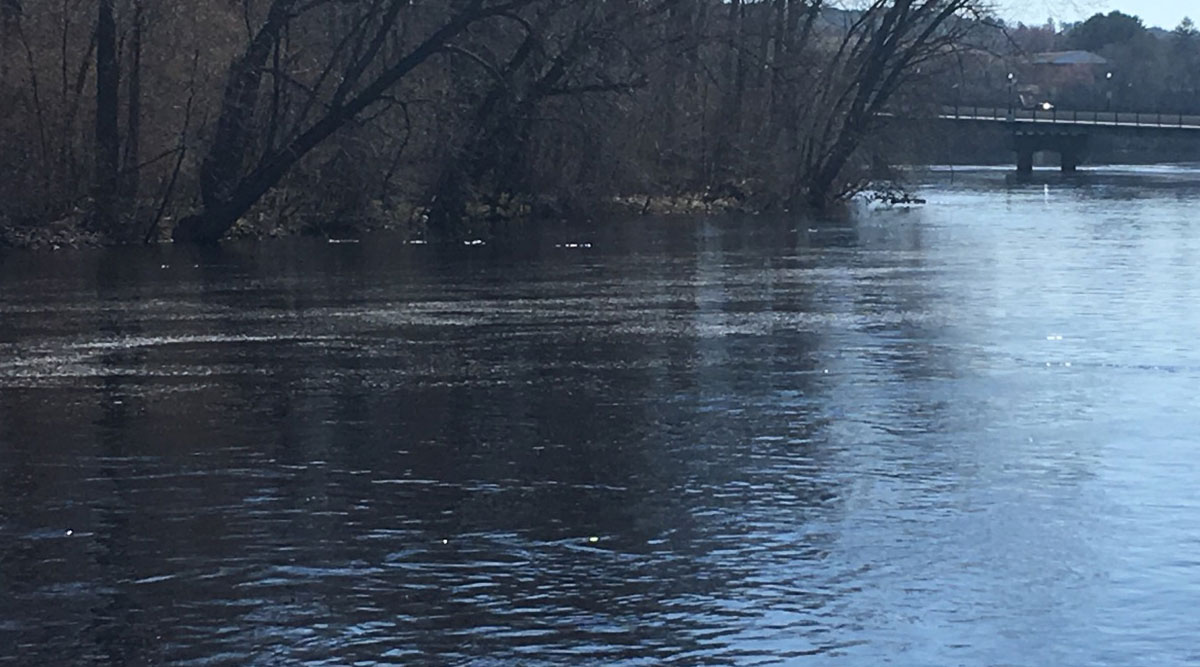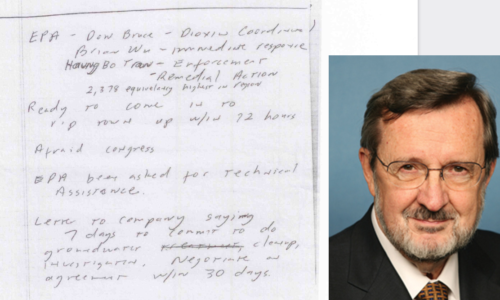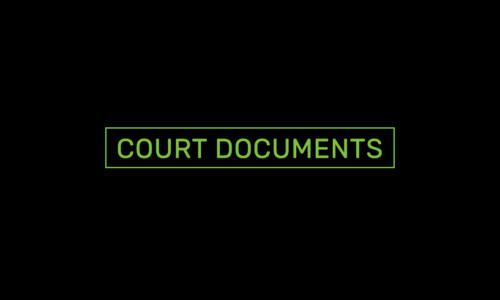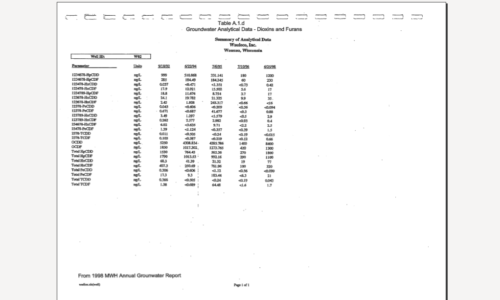
Fact Check: Did the DNR state that there was an “ongoing discharge” of pentachlorophenol into the Wisconsin River? Yes.
- Fact Check, Wisconsin River
- Wauleco - A Sentry Insurance Subsidiary
- June 30, 2019
A city councilman criticized descriptions and estimates from citizens as “misleading,” but according to DNR records, these statements were completely accurate and were actually taken from the government verbatim. However, claims from the councilman were not accurate when compared with DNR records.
Claims in Question
City Councilman, Patrick Peckham, has repeatedly made claims that contaminated groundwater entering the Wisconsin River does not constitute a “discharge” and has repeatedly criticized statements from citizens which refer to it as such — stating that the description is “misleading” and “so easily refuted.” Councilman Peckham’s written rationale that this should not be referenced as a discharge is because the contaminated groundwater is “going by itself” and does not involve active expulsion. He continues to make such claims and in a recent email asserts:
“When somebody uses the word ‘discharge,’ it comes to equate to ‘actively expel.'”
However, records below from the DNR suggest that Mr. Peckham’s definition is not consistent with the regulators’ use of the term.
Actual DNR Terminology, Records, and Statements
In an August 31, 2016, Technical Memoradum from the DNR to WAULECO, the DNR states (emphasis added):
“…this determination does not mean that the department finds the ongoing discharge of approximately 6,000 parts per billion of PCP into the Wisconsin River to be acceptable under other state laws.”

After learning of this DNR statement, Mr. Peckham contacted Matt Thompson, a hydrogeologist with the DNR. Mr. Thompson informed him that this was a non-point discharge through contaminated groundwater entering the river in the subsurface, and that the estimate was based on levels from a proxy monitoring well near the river. From Mr. Thompson’s March 23, 2018, email:
“The 6,000ppb number comes from groundwater monitoring well data provided by Wauleco to the DNR. This number represents the concentration of PCP in the groundwater at a specific monitoring point, in this case a monitoring well near the river. There is no pipe discharging PCP into the river, rather the subsurface area where contaminated groundwater flows into the river is our concern.”
Claims Made Even After Reviewing DNR Records
Even after being provided relevant portions of the 2016 technical memorandum from the DNR which explicitly states that there was an “ongoing discharge” with the penta levels cited, Mr. Peckham continued to make claims that it was not a discharge and that citizens’ claims were “misleading.” In a June 13, 2019, email to DNR staff, Mr. Peckham stated:
“There has been PCP at 6,600 ppb in groundwater in a monitoring well a distance (that I have not measured) from the body of water near Thomas Street bridge, but that simply does not equate to a ‘discharge’ at that concentration. There is no pipe spewing this liquid into the pristine waters of Lake Wausau.”
Mr. Peckham had already reviewed records prior to that June 13, 2019, statement in which the DNR termed the events as an “ongoing discharge.” The records and emails from the DNR had also already explained how the department came up with its parts per billion discharge estimate. Dilution of the contaminant once it hit the river did not apparently alter the DNR’s terminology which labeled it an “ongoing discharge.”
It is also clear that Citizens for a Clean Wausau described the discharge precisely as Mr. Thompson from the DNR did (because it was actually echoing the regulator’s commentary), as evidenced in this CCW post.
Government records verify that CCW’s and residents’ description and terminology related to the discharge into the river, and the estimate of 6,000 ppb of pentachlorophenol, were accurate and that those statements were true, insofar as the DNR’s past statements were true.
However, government records from the DNR directly contradict Mr. Peckham’s assertions that the description of the contaminated groundwater entering the river as a discharge was “misleading” and that the estimate of PCP entering the river from citizens had been inaccurate.
The Relevance and Significance of County of Maui, Hawaii v. Hawai’i Wildlife Fund
A highly significant environmental case this year over whether the Clean Water Act and “the law covers pollution that moves through groundwater before reaching a federal waterway” determined that it does, and it is now heading to the supreme court.





